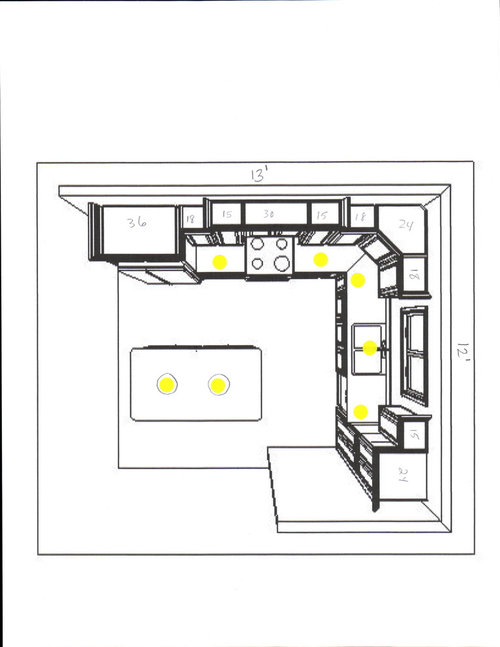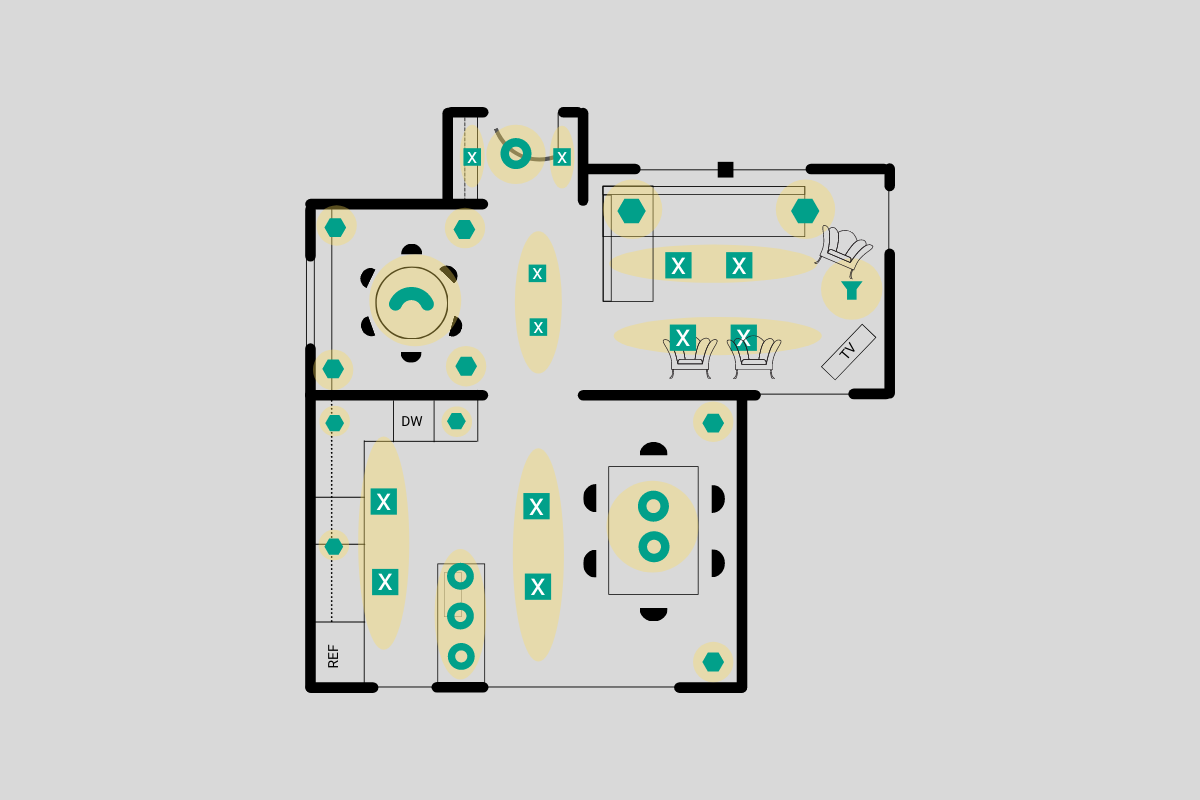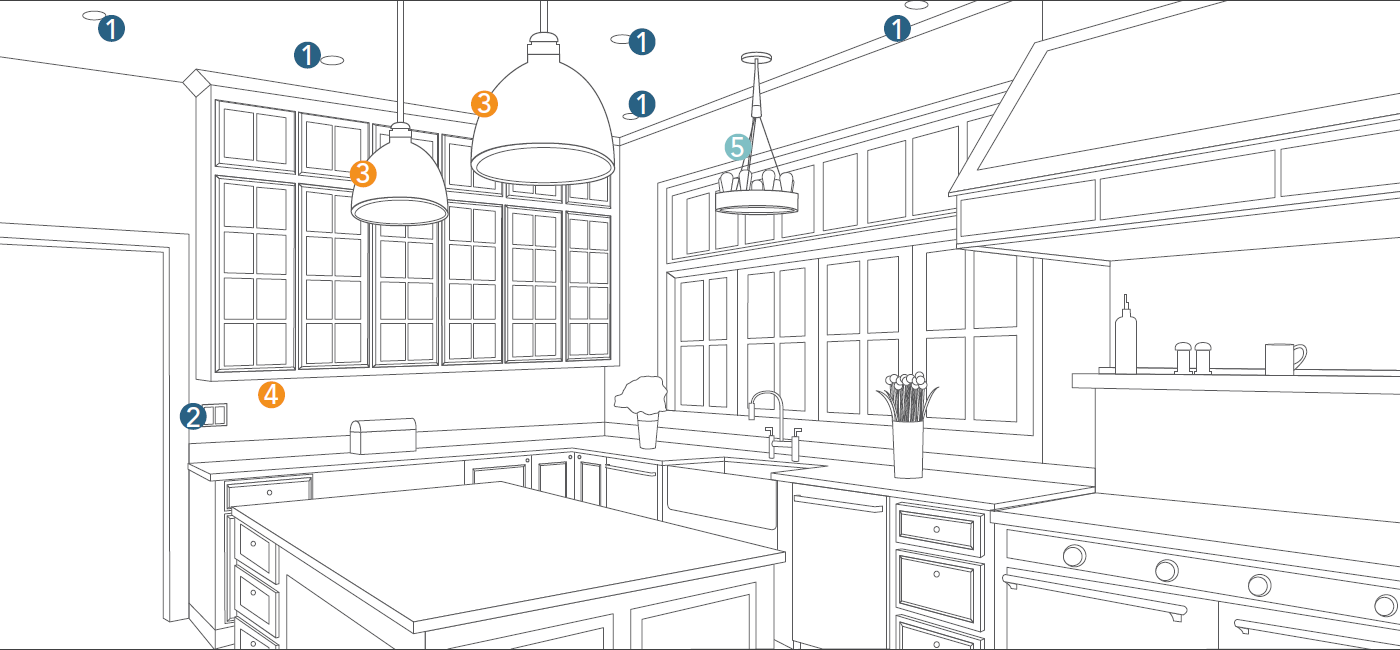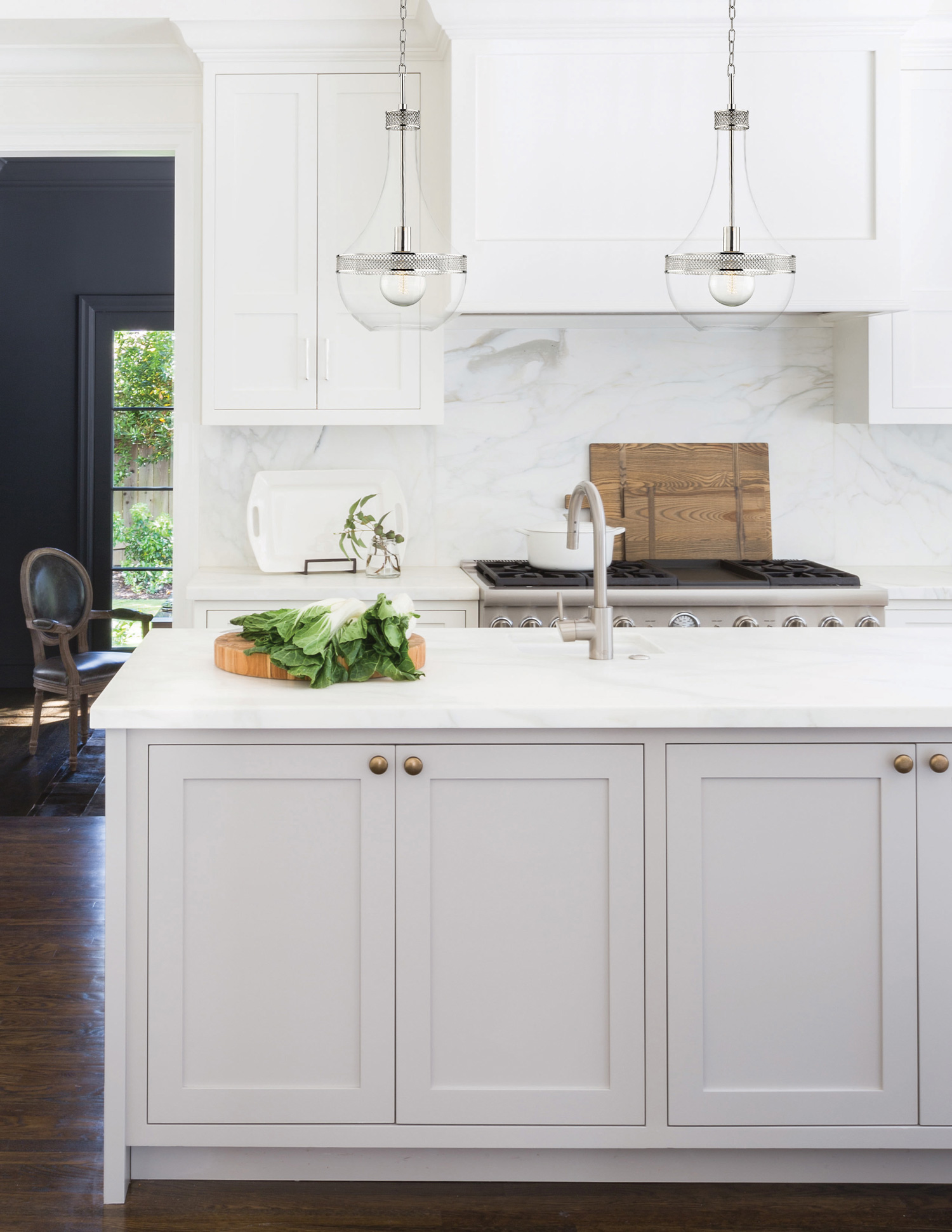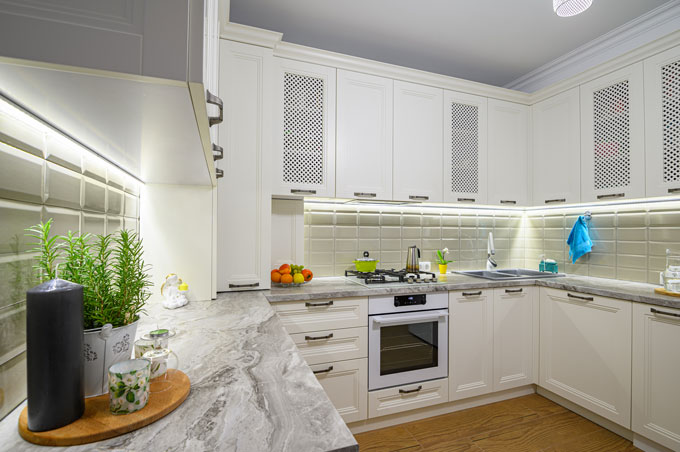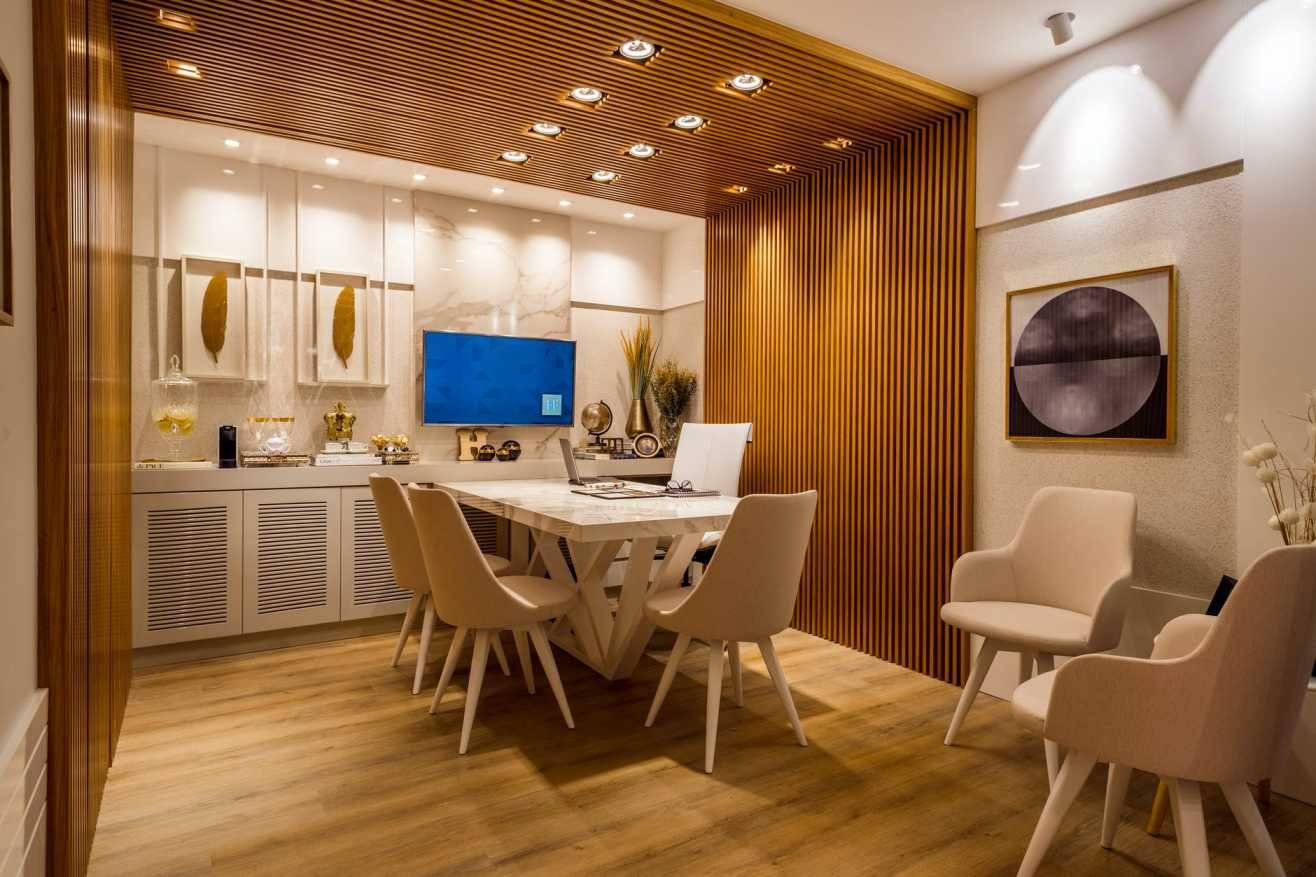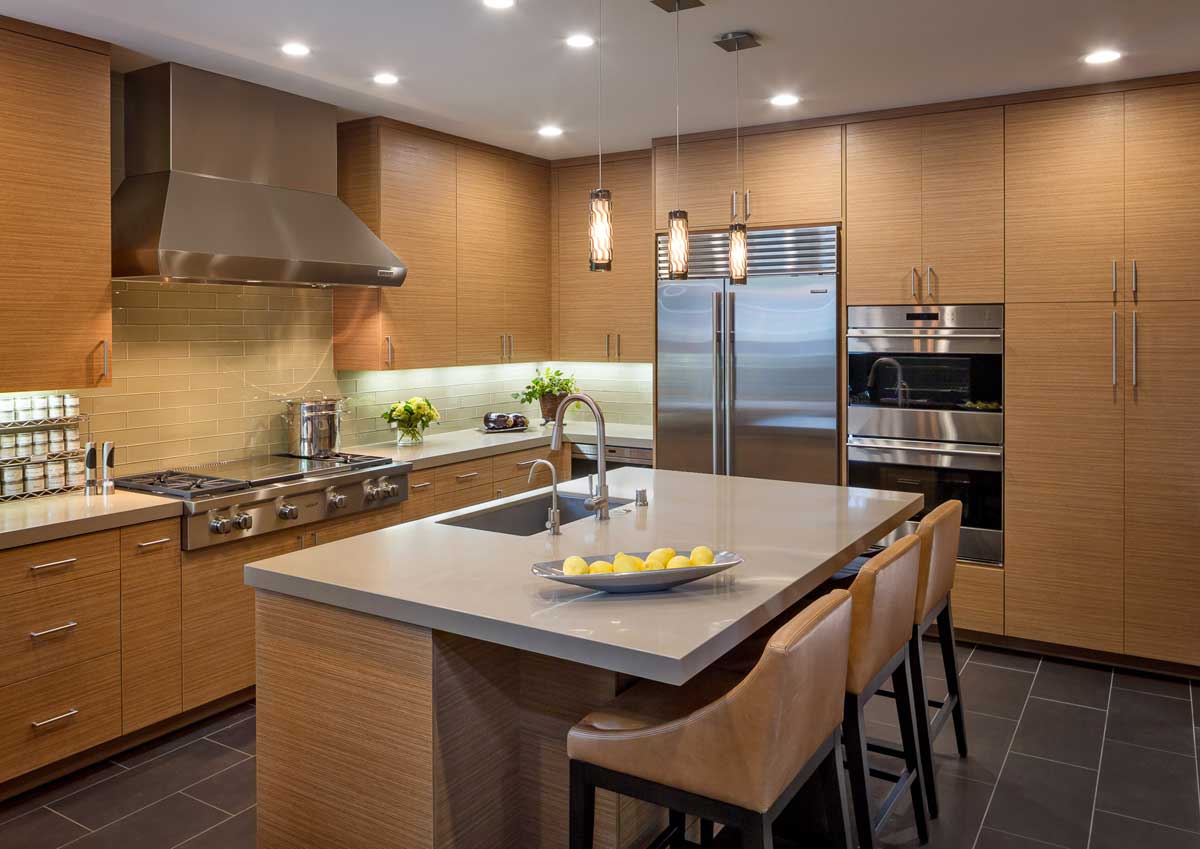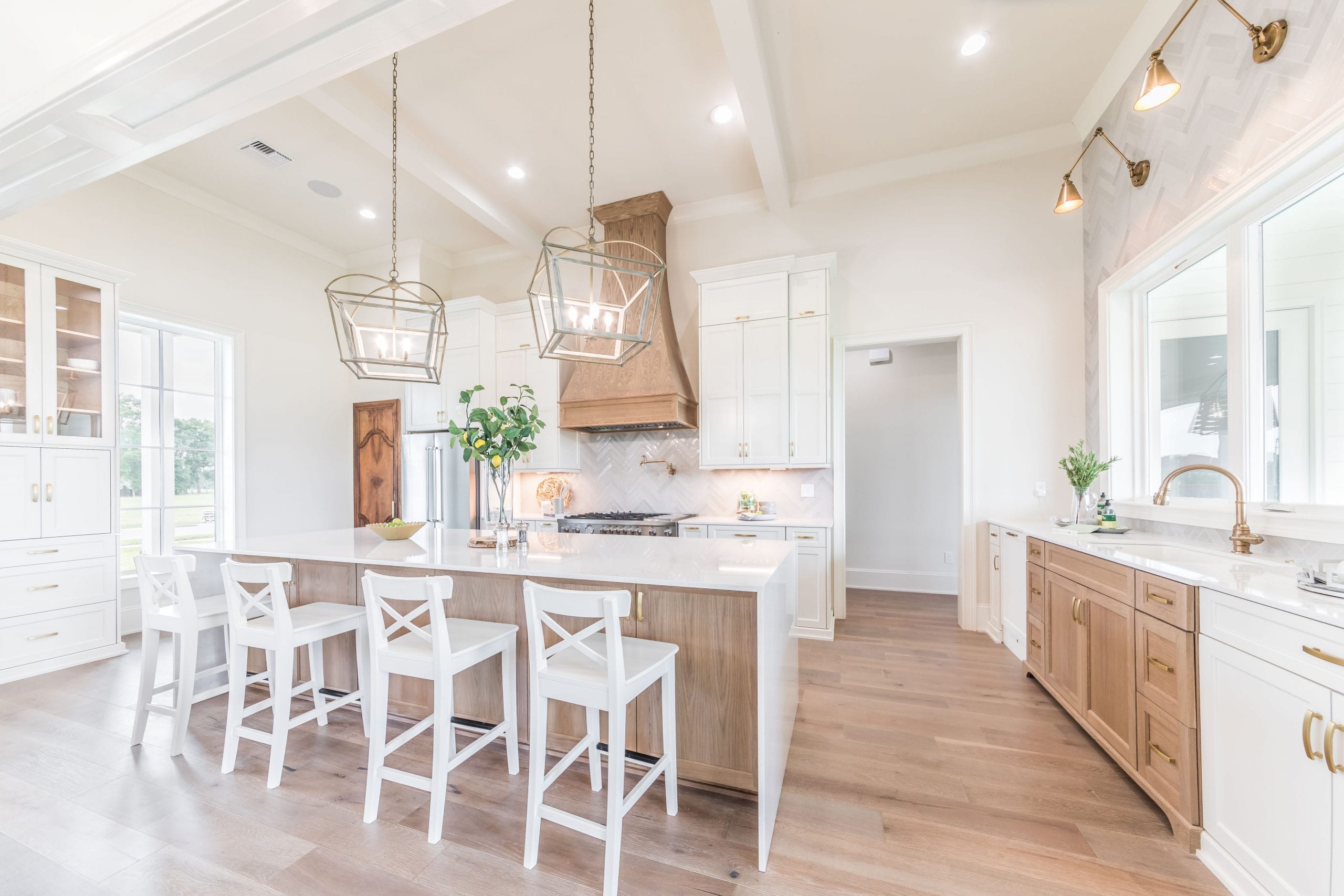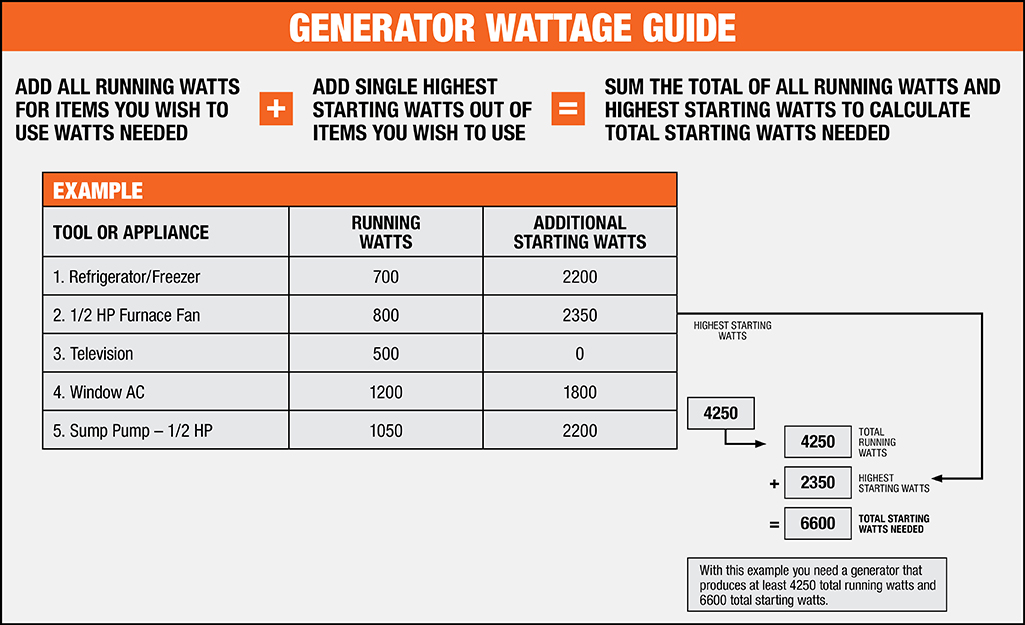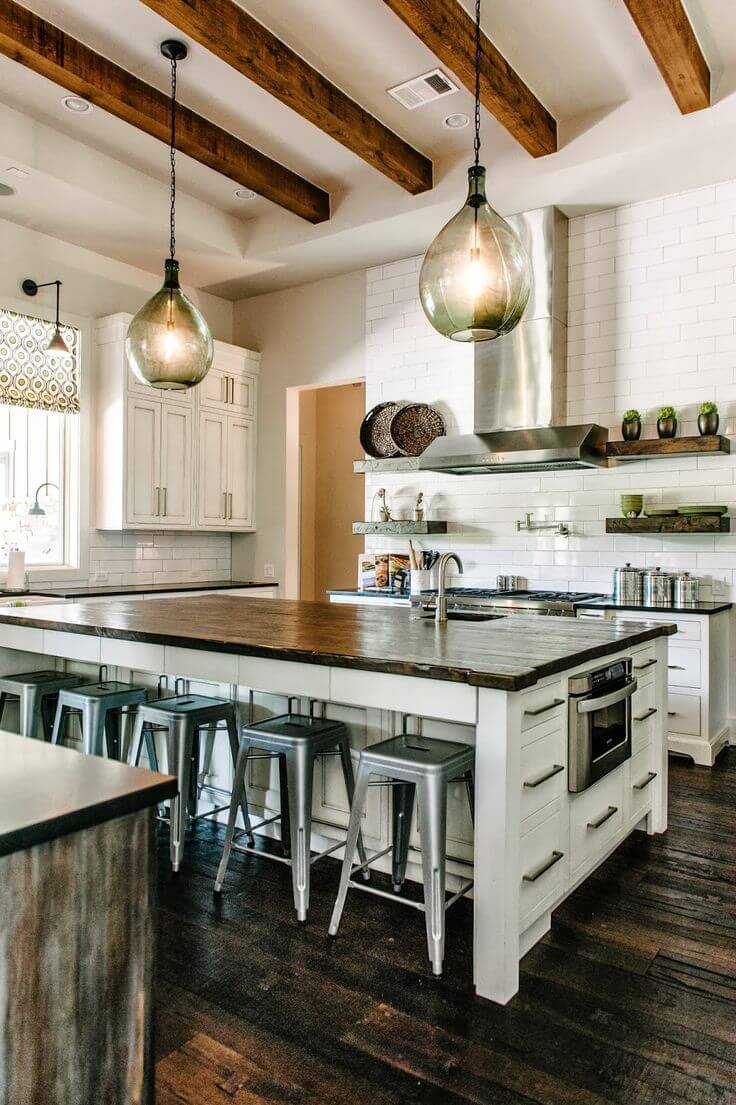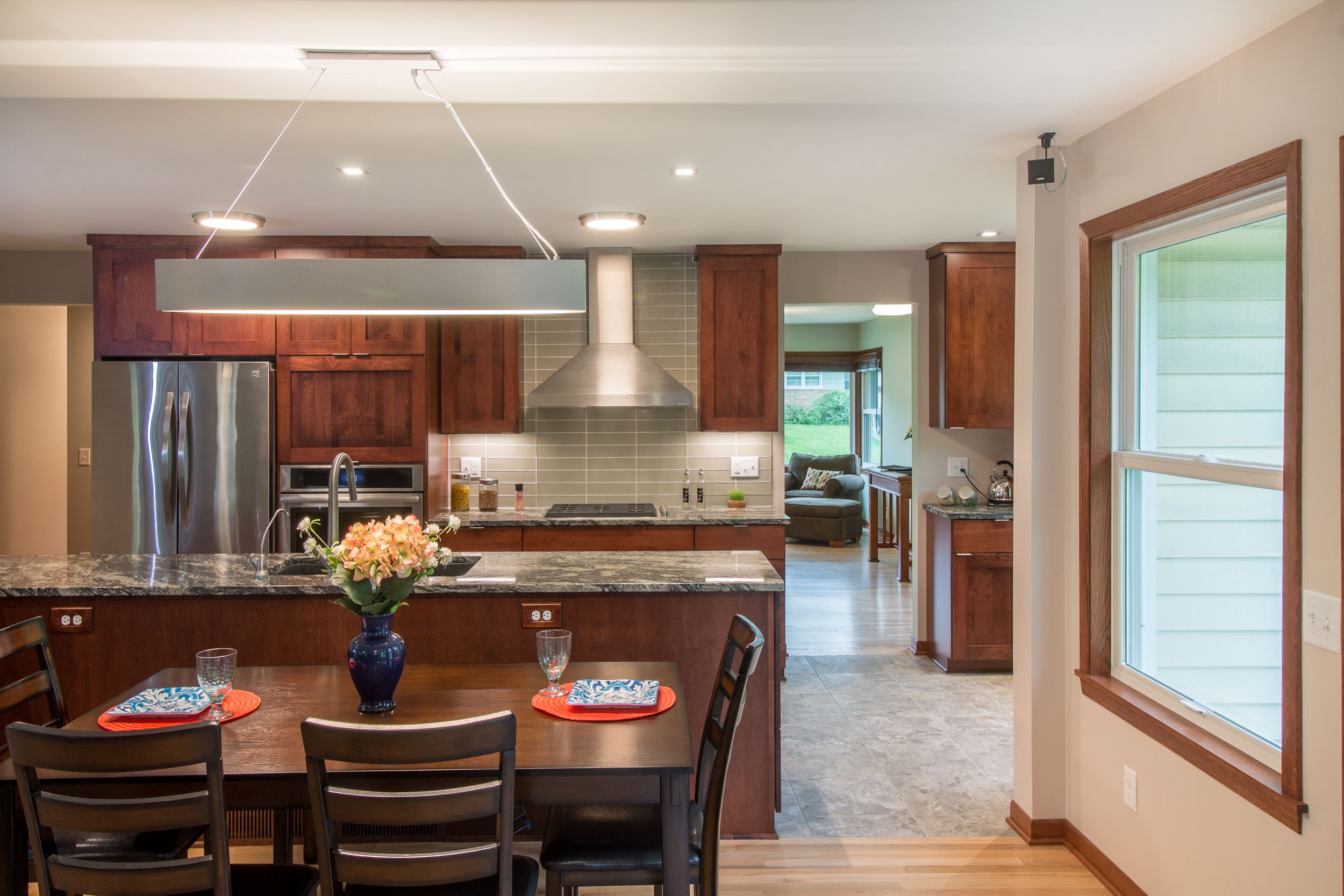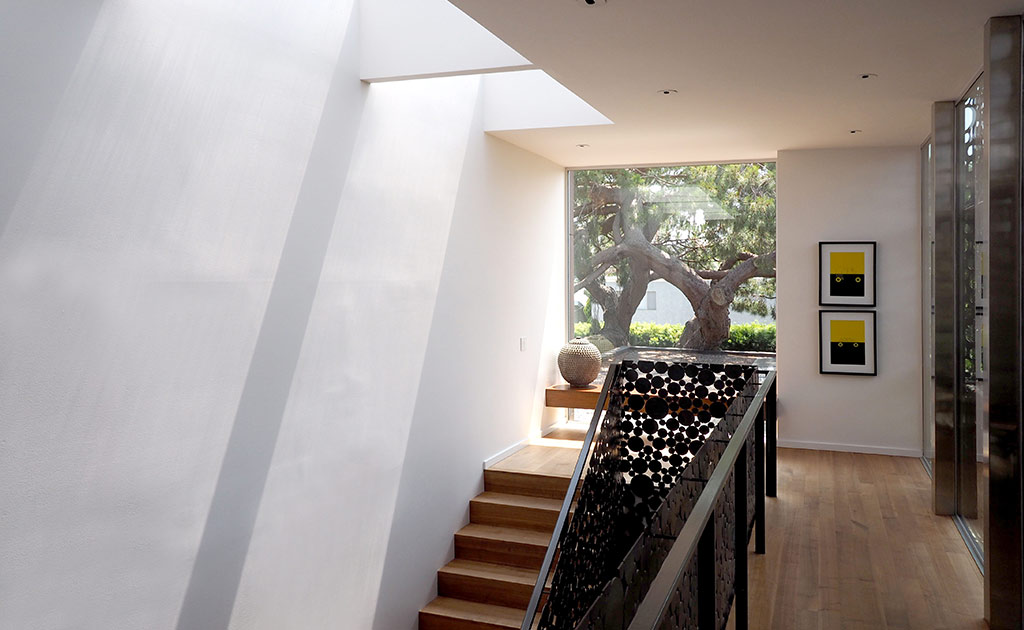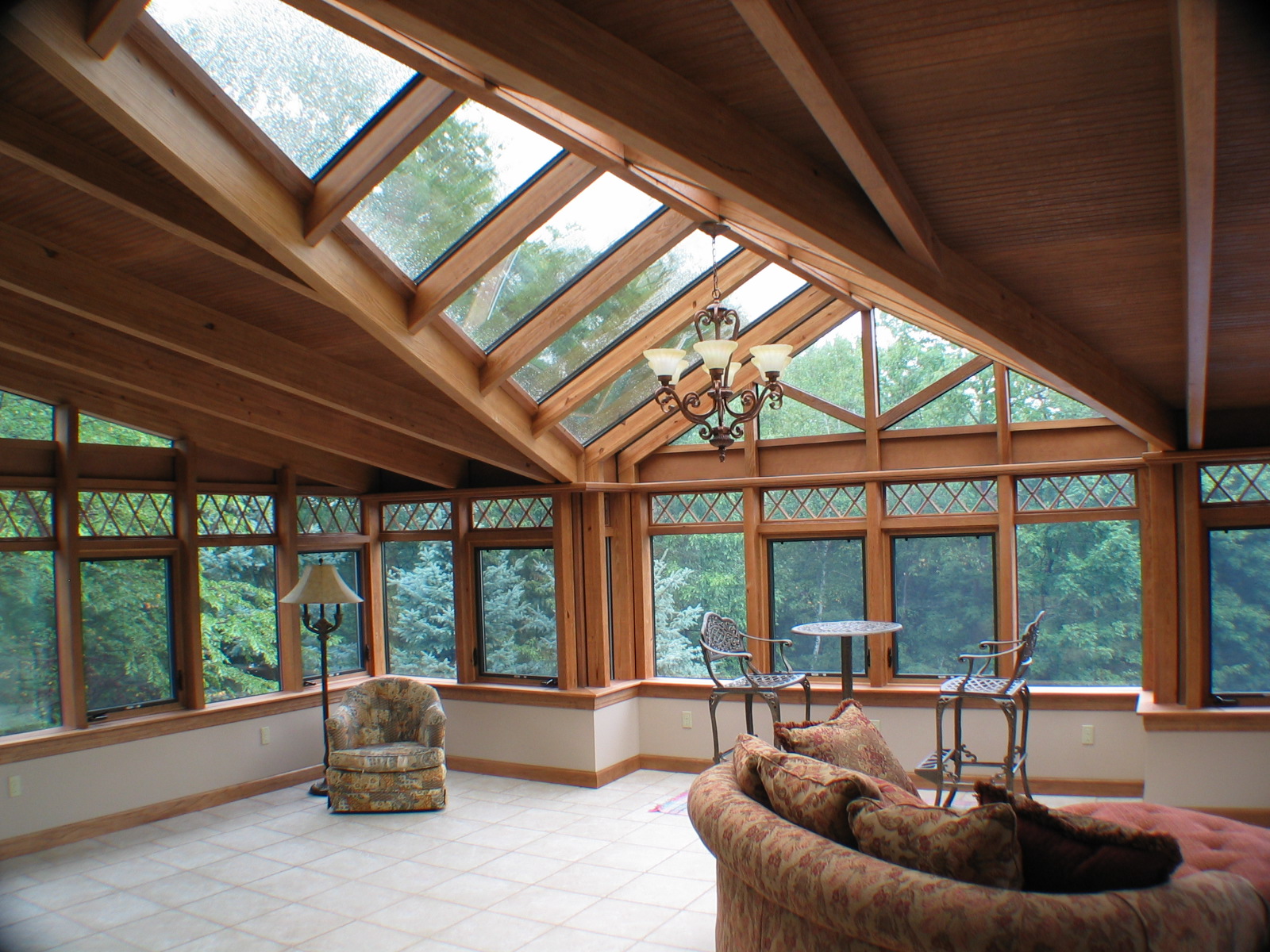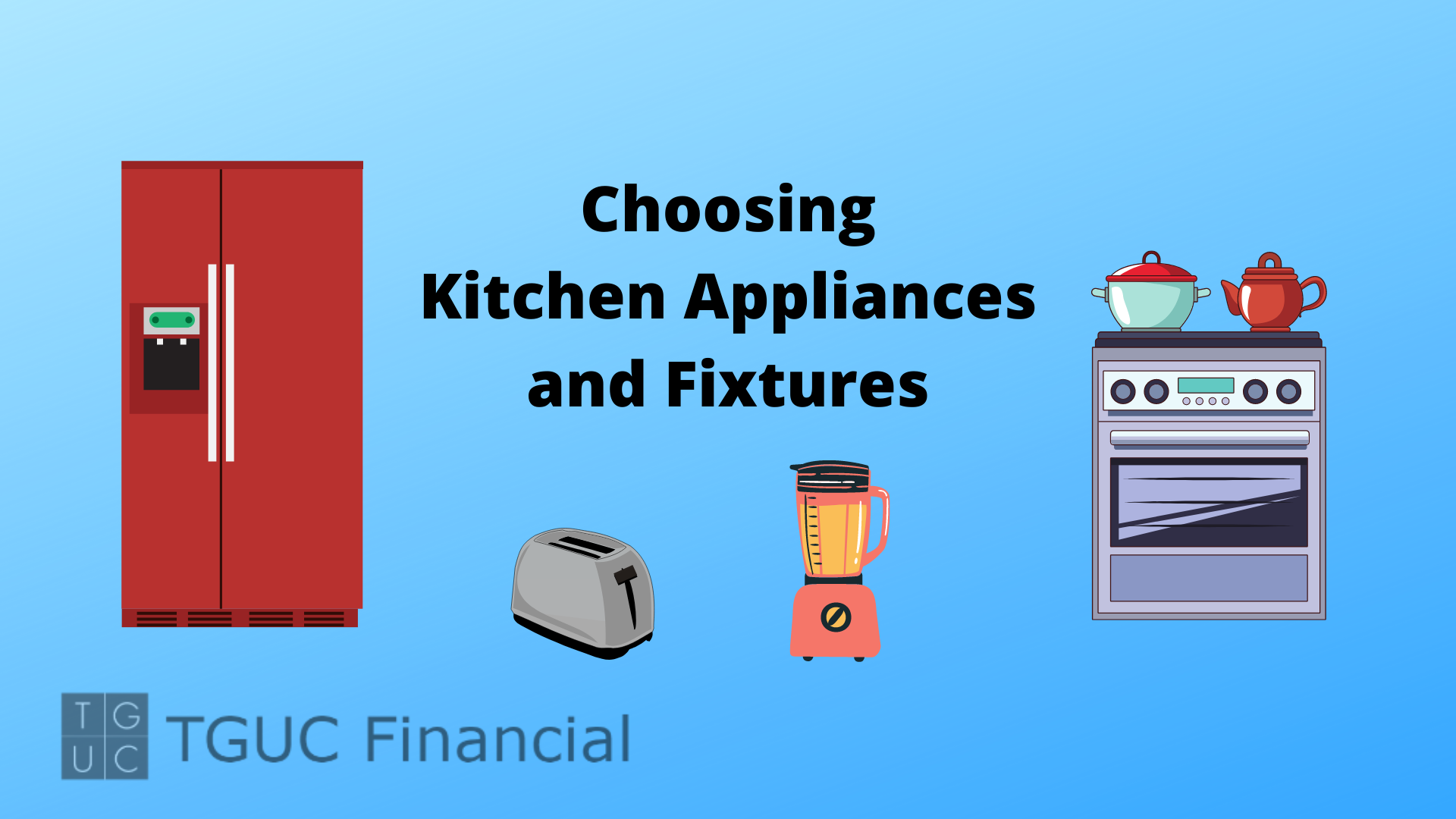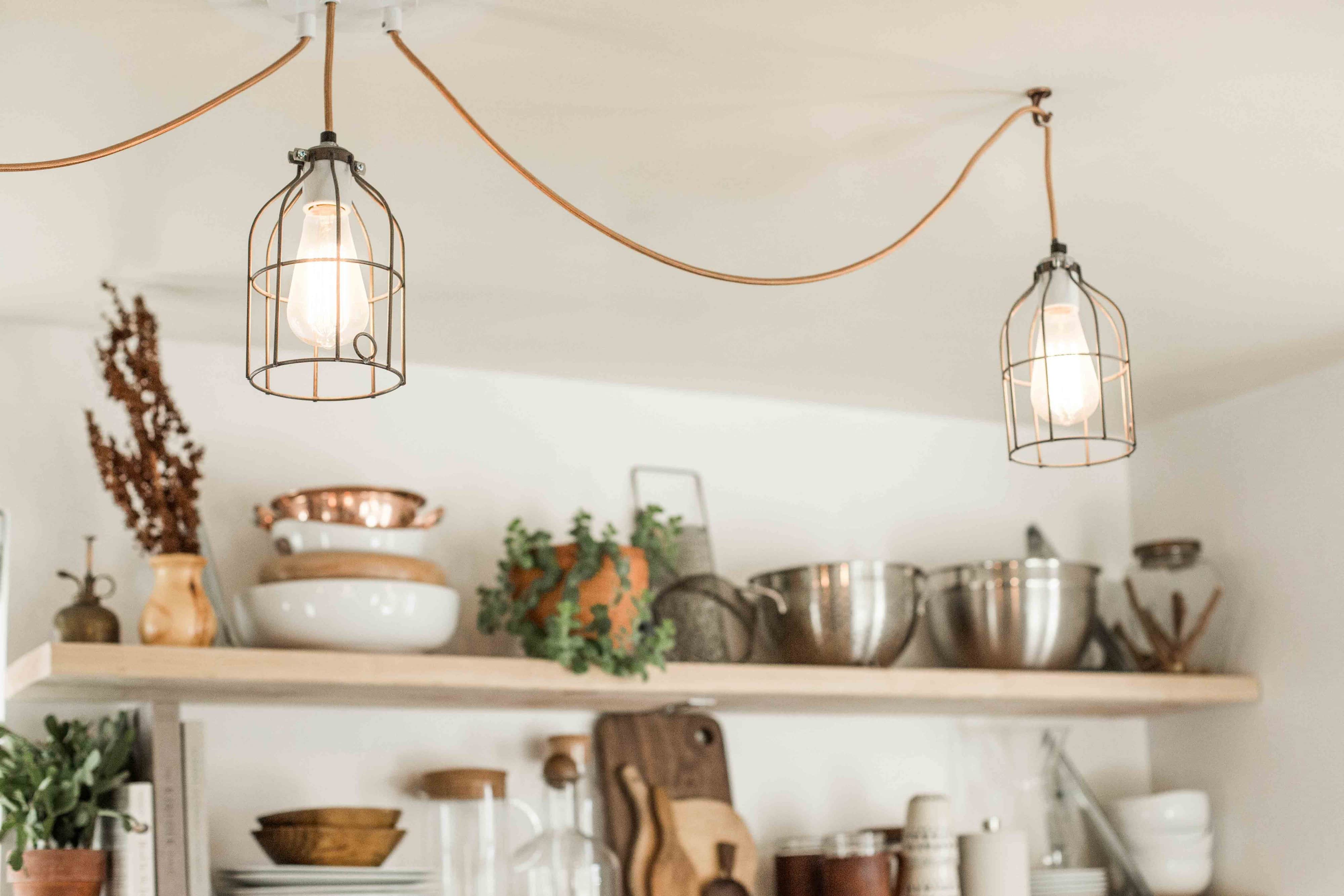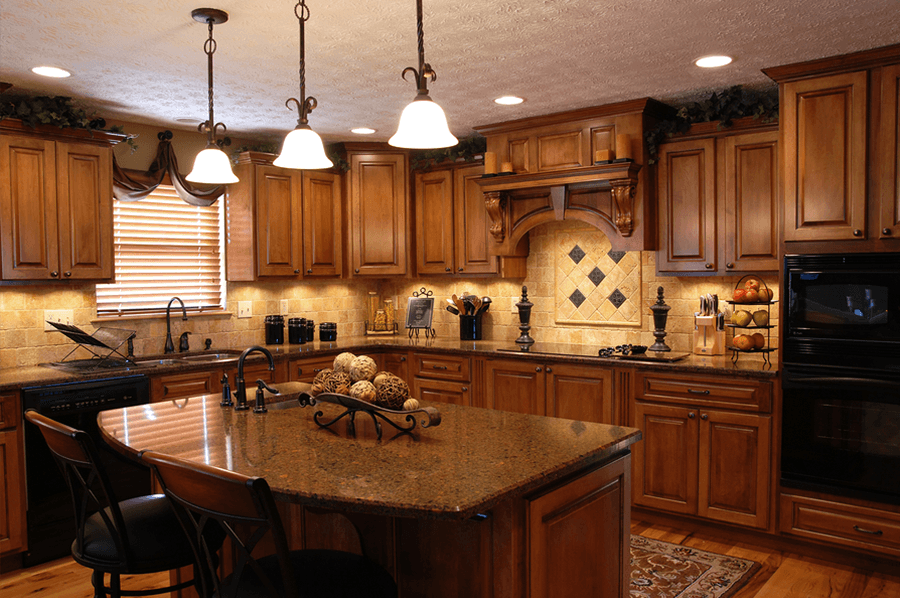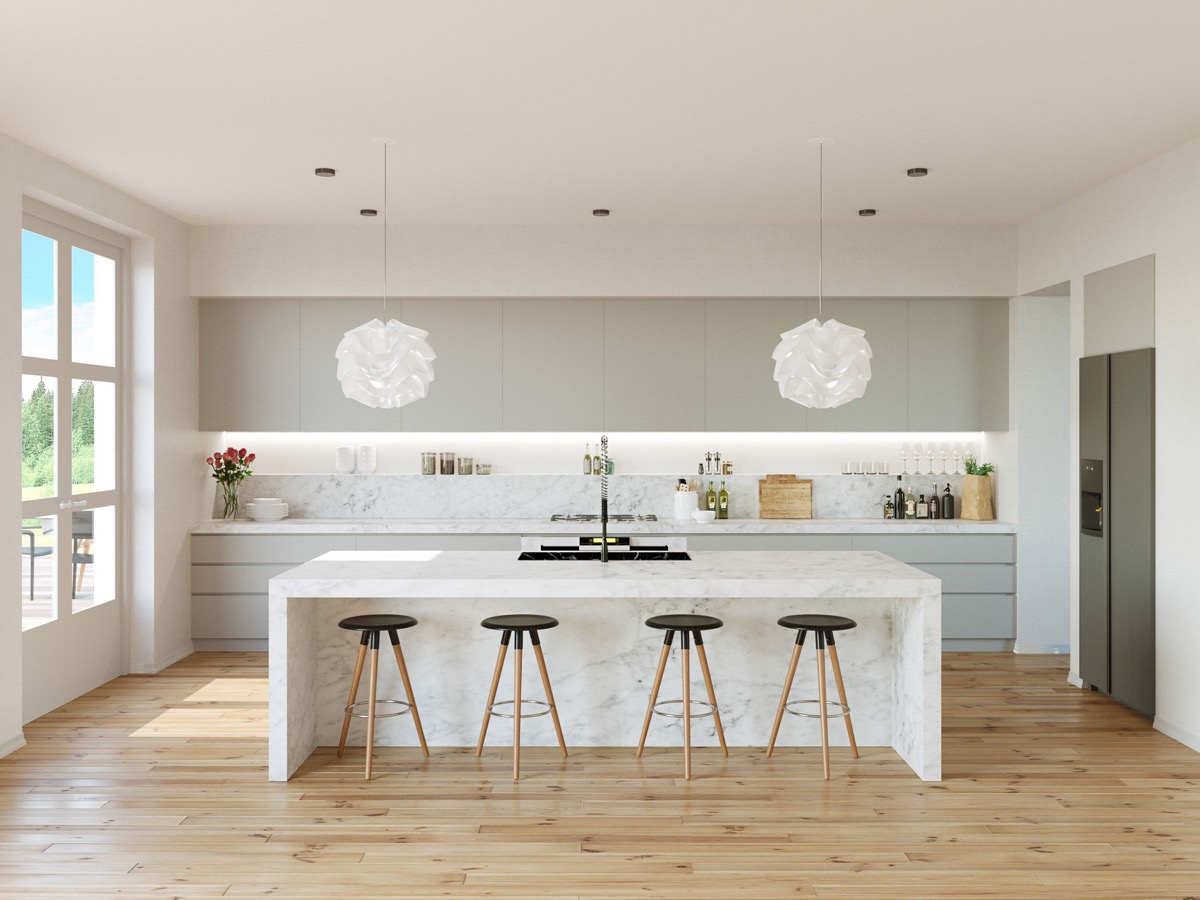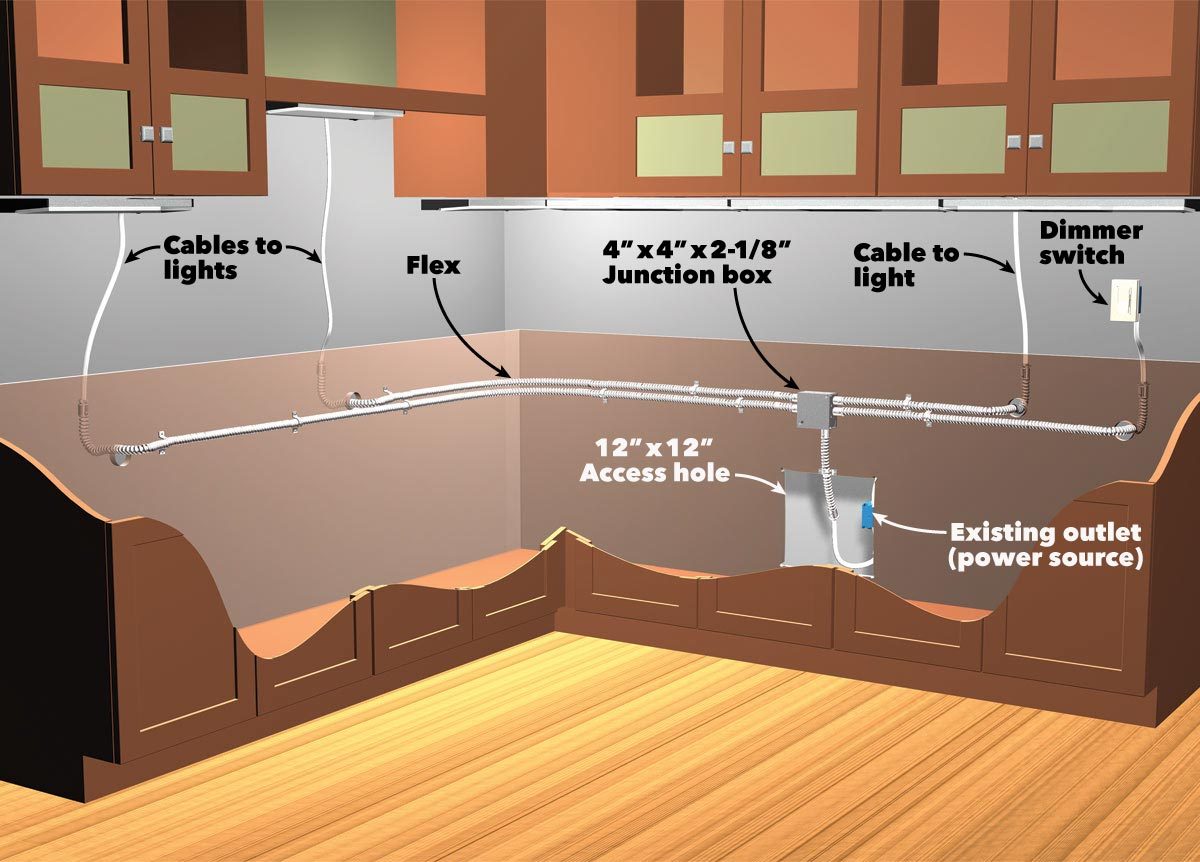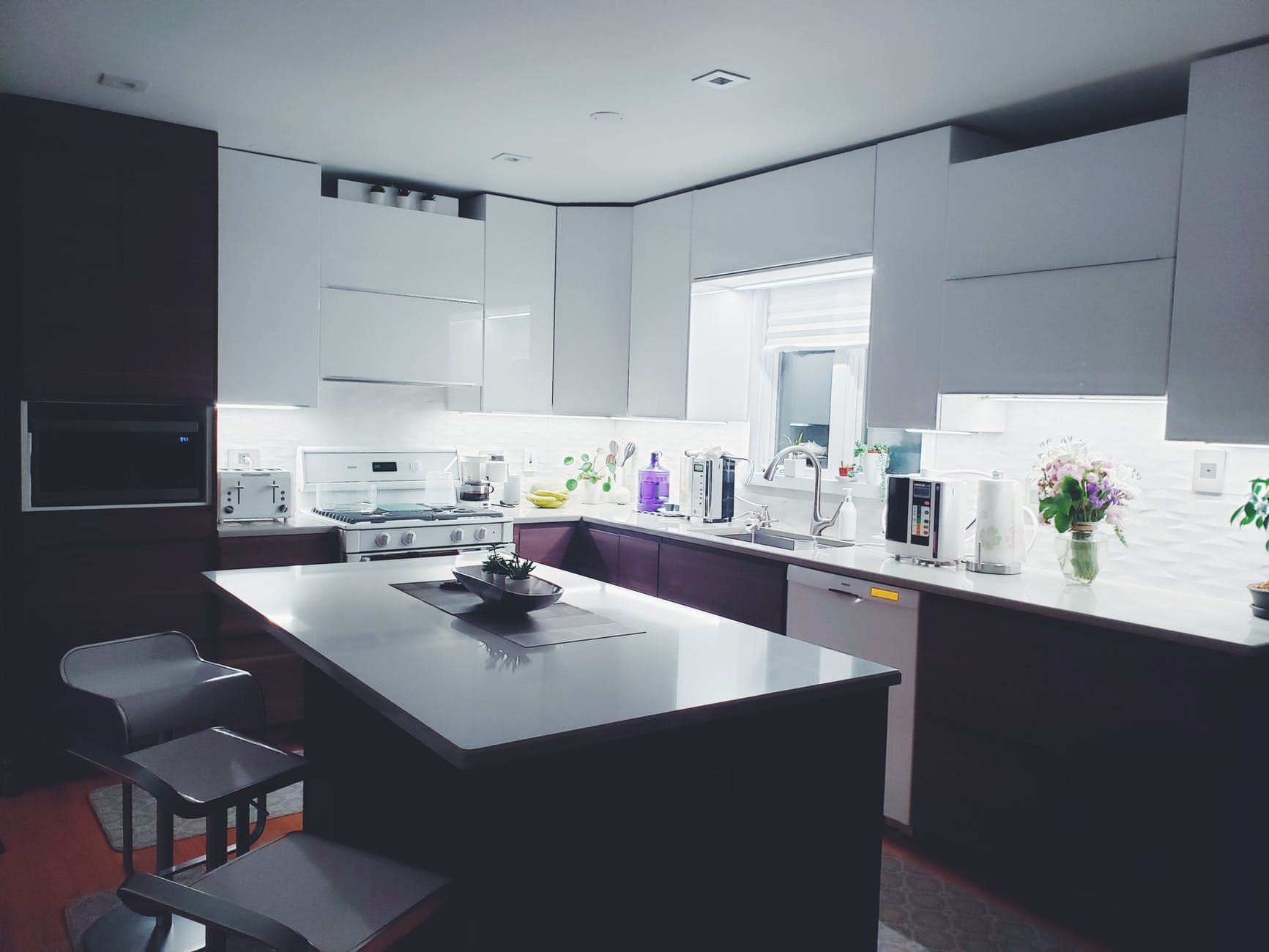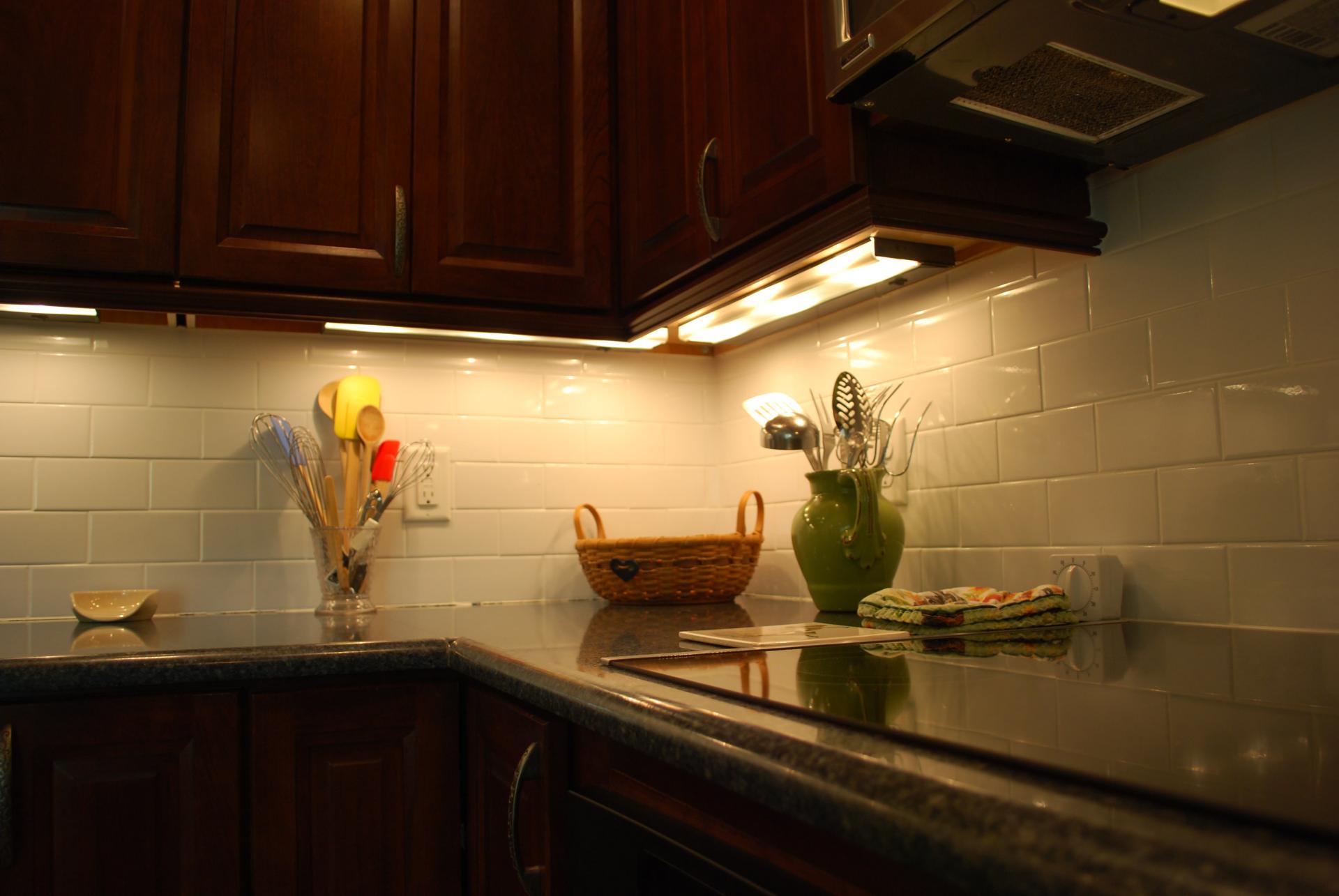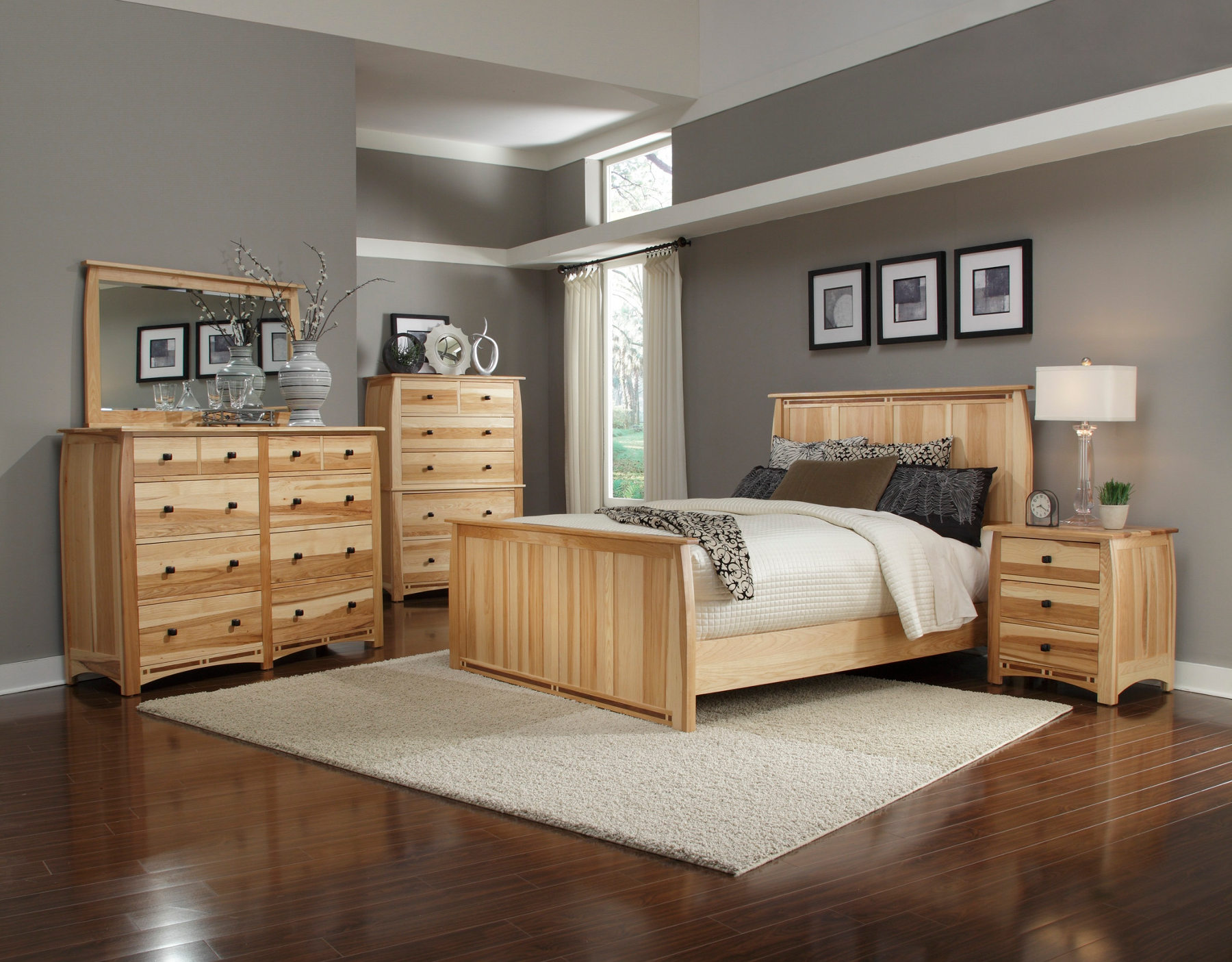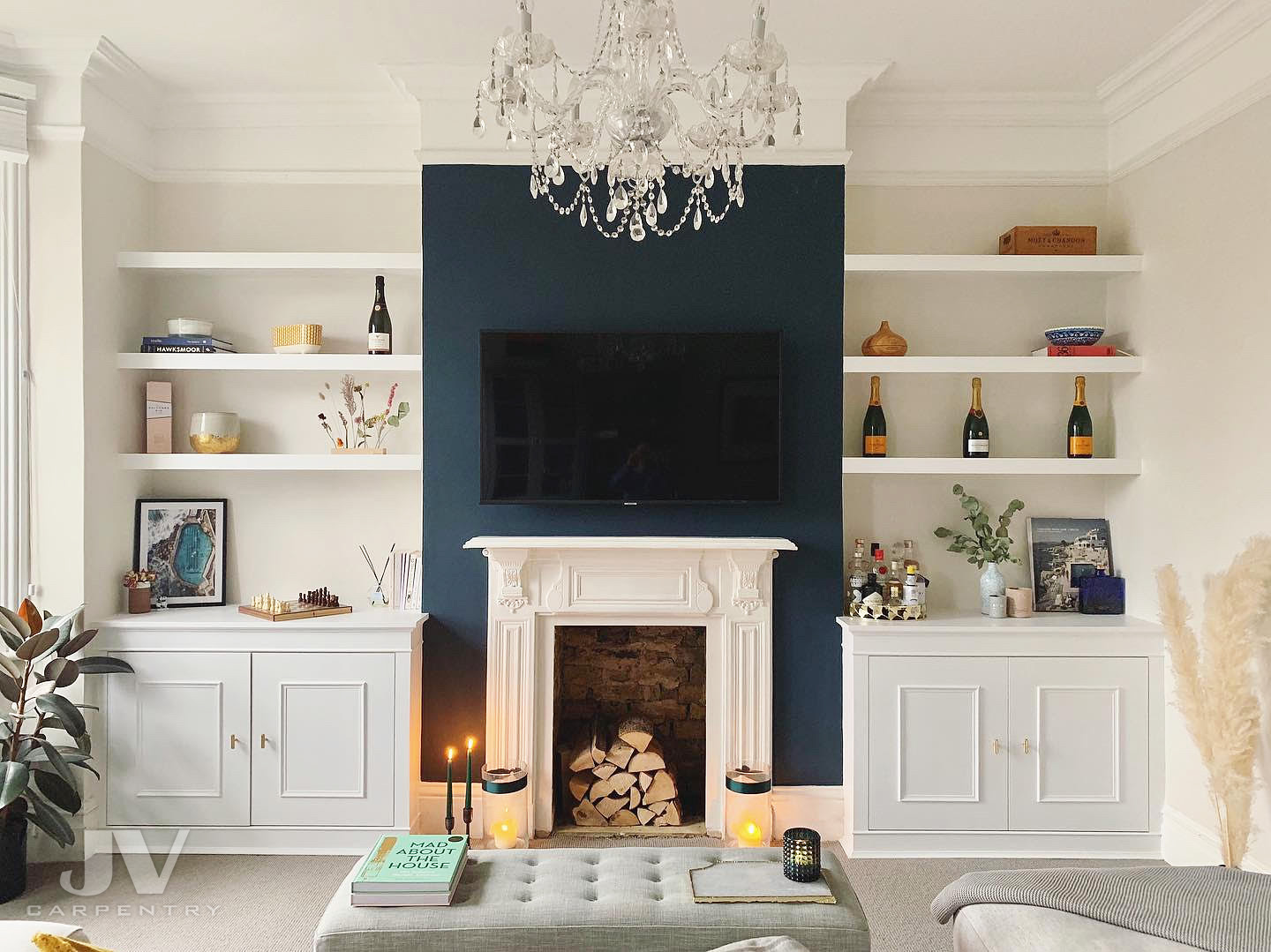When it comes to designing a kitchen, lighting is often an afterthought. However, having a well-lit kitchen is essential for both functionality and aesthetics. In this article, we will discuss the top 10 tips for creating a lighting layout that will make your kitchen shine.Lighting Layout for Kitchen: 10 Tips for a Well-Lit Kitchen
The first step in creating a well-lit kitchen is to design a lighting plan. This involves considering the different types of lighting you will need, such as ambient, task, and accent lighting. It also involves determining the placement of these lights to ensure proper coverage and functionality.How to Design a Kitchen Lighting Plan
Before we dive into the tips for a well-lit kitchen, it's important to address some common mistakes that people make when it comes to kitchen lighting. These mistakes include using only overhead lighting, not considering the color temperature of the lights, and not having enough lighting in specific areas.5 Common Kitchen Lighting Mistakes to Avoid
There are several types of lighting that work well in a kitchen. These include recessed lighting, pendant lights, and under cabinet lighting. Each type of lighting serves a different purpose and can be used to create a layered lighting design.The Best Types of Lighting for Your Kitchen
When choosing light fixtures for your kitchen, size matters. A fixture that is too big or too small can throw off the balance of the room. To calculate the right size for your lighting, you can use a simple formula: measure the width and length of the room in feet, add those two numbers together, and then convert the total to inches to determine the ideal diameter for your light fixtures.How to Calculate the Right Size for Your Kitchen Lighting
As mentioned earlier, a layered lighting design is essential for a well-lit kitchen. This means using a combination of ambient, task, and accent lighting to create a balanced and functional space. For example, recessed lighting can provide ambient lighting, pendant lights can serve as task lighting over an island or dining table, and under cabinet lighting can add both ambient and task lighting.Creating a Layered Lighting Design for Your Kitchen
Natural light is a great way to not only brighten up your kitchen but also save on energy costs. When designing your kitchen layout, consider the placement of windows to allow for as much natural light as possible. You can also use light-colored curtains or blinds to help reflect light into the room.Maximizing Natural Light in Your Kitchen
When it comes to choosing light fixtures for your kitchen, there are a few things to keep in mind. First, consider the style and design of your kitchen. You want the light fixtures to complement the overall aesthetic. Additionally, choose fixtures that are durable and easy to clean, as kitchens can be messy and require frequent cleaning.Choosing the Right Light Fixtures for Your Kitchen
Small kitchens can present a challenge when it comes to lighting. However, there are still ways to create a well-lit and functional space. One tip is to use recessed lighting as it takes up less visual space and can provide ample light. You can also incorporate under cabinet lighting to make the space feel brighter and larger.Lighting Layout Ideas for Small Kitchens
Under cabinet lighting is a great way to add both task and ambient lighting to your kitchen. To install under cabinet lighting, you can either use battery-operated lights or hardwire them into your existing electrical system. It's a simple and affordable way to improve the lighting in your kitchen.How to Install Under Cabinet Lighting in Your Kitchen
Lighting Layout for Kitchen

Key Factors to Consider
 When designing a kitchen, it is important to consider the lighting layout as it can greatly impact the functionality and overall aesthetic of the space. The right lighting can make a small kitchen feel more spacious, highlight specific design elements, and provide ample illumination for cooking and other tasks. Here are some key factors to keep in mind when planning the lighting layout for your kitchen.
Ambient Lighting:
This refers to the overall lighting of the room and is usually achieved through ceiling-mounted fixtures such as recessed lights or track lighting. It provides general illumination for the entire space and sets the mood for the room. When choosing ambient lighting for your kitchen, consider the size and layout of the room, the color of the walls and cabinets, and the type of activities that will be taking place in the space.
Task Lighting:
As the name suggests, task lighting is meant to provide focused and bright illumination for specific tasks such as cooking, food prep, or reading recipes. Under-cabinet lights, pendant lights over the kitchen island, and track lighting over the stove are all great options for task lighting in the kitchen. It is important to position these lights in a way that eliminates any shadows and glare on the work surface.
Accent Lighting:
This type of lighting is used to highlight specific design elements in the kitchen such as artwork, shelves, or architectural features. It can also add a touch of drama and visual interest to the space. Accent lighting can be achieved through the use of spotlights, wall sconces, or even rope lights installed under cabinets or along the edges of countertops.
When designing a kitchen, it is important to consider the lighting layout as it can greatly impact the functionality and overall aesthetic of the space. The right lighting can make a small kitchen feel more spacious, highlight specific design elements, and provide ample illumination for cooking and other tasks. Here are some key factors to keep in mind when planning the lighting layout for your kitchen.
Ambient Lighting:
This refers to the overall lighting of the room and is usually achieved through ceiling-mounted fixtures such as recessed lights or track lighting. It provides general illumination for the entire space and sets the mood for the room. When choosing ambient lighting for your kitchen, consider the size and layout of the room, the color of the walls and cabinets, and the type of activities that will be taking place in the space.
Task Lighting:
As the name suggests, task lighting is meant to provide focused and bright illumination for specific tasks such as cooking, food prep, or reading recipes. Under-cabinet lights, pendant lights over the kitchen island, and track lighting over the stove are all great options for task lighting in the kitchen. It is important to position these lights in a way that eliminates any shadows and glare on the work surface.
Accent Lighting:
This type of lighting is used to highlight specific design elements in the kitchen such as artwork, shelves, or architectural features. It can also add a touch of drama and visual interest to the space. Accent lighting can be achieved through the use of spotlights, wall sconces, or even rope lights installed under cabinets or along the edges of countertops.
The Right Balance
 When planning the lighting layout for your kitchen, it is important to strike the right balance between ambient, task, and accent lighting. This will ensure that the space is well-lit and functional while also creating a visually appealing atmosphere. It is recommended to layer different types of lighting to achieve this balance. For example, you can combine recessed lights for ambient lighting, pendant lights over the kitchen island for task lighting, and a chandelier or wall sconces for accent lighting.
When planning the lighting layout for your kitchen, it is important to strike the right balance between ambient, task, and accent lighting. This will ensure that the space is well-lit and functional while also creating a visually appealing atmosphere. It is recommended to layer different types of lighting to achieve this balance. For example, you can combine recessed lights for ambient lighting, pendant lights over the kitchen island for task lighting, and a chandelier or wall sconces for accent lighting.
Consider Natural Light
In Conclusion
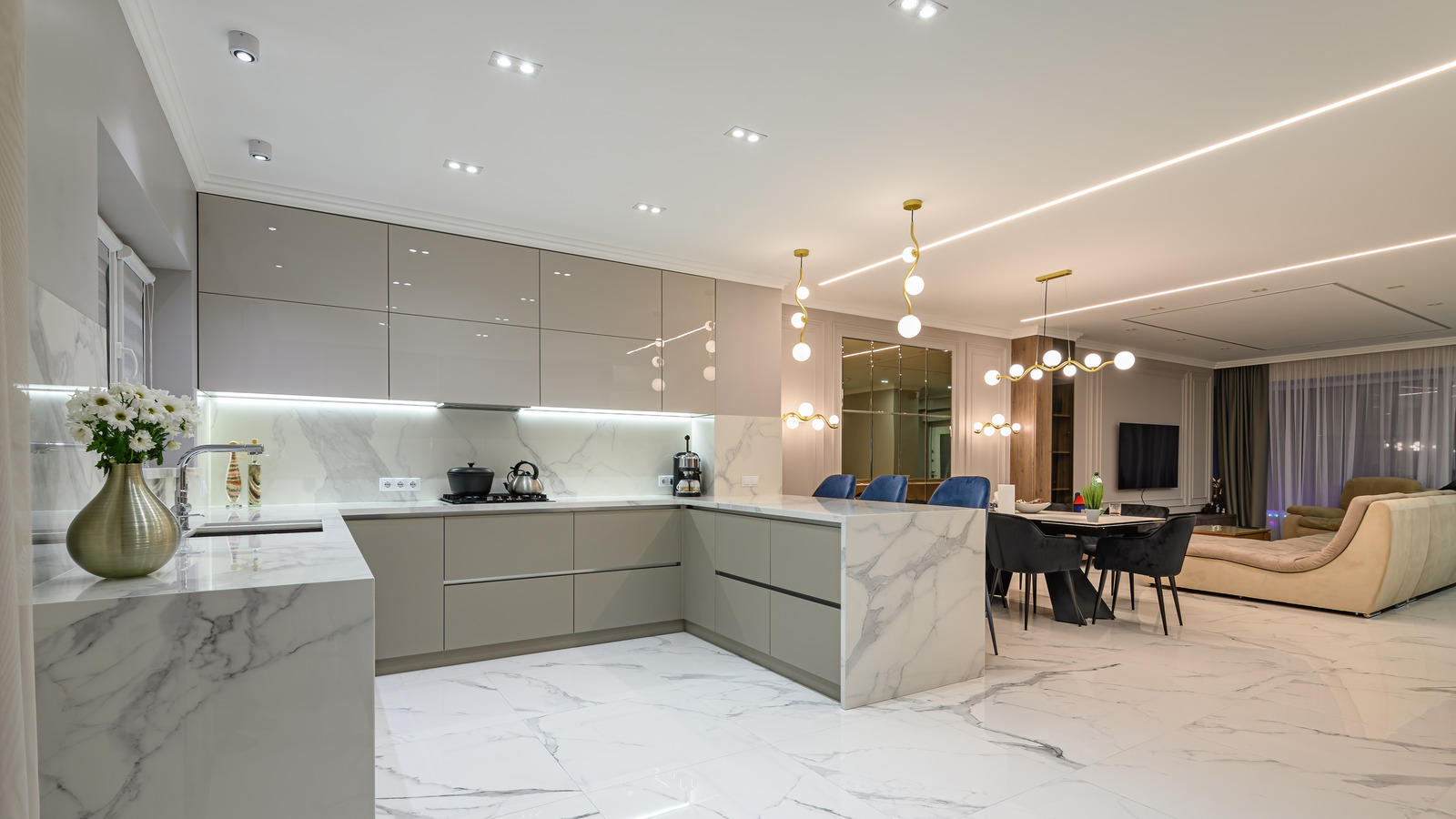 The lighting layout is an essential element of kitchen design and should not be overlooked. By considering the key factors mentioned above and striking the right balance between ambient, task, and accent lighting, you can create a functional and visually appealing kitchen that meets your needs and fits your personal style. Remember to also take advantage of natural light sources and use a variety of lighting fixtures to achieve the desired effect. With proper lighting, your kitchen will become a welcoming and inviting space for cooking, entertaining, and spending time with loved ones.
The lighting layout is an essential element of kitchen design and should not be overlooked. By considering the key factors mentioned above and striking the right balance between ambient, task, and accent lighting, you can create a functional and visually appealing kitchen that meets your needs and fits your personal style. Remember to also take advantage of natural light sources and use a variety of lighting fixtures to achieve the desired effect. With proper lighting, your kitchen will become a welcoming and inviting space for cooking, entertaining, and spending time with loved ones.

